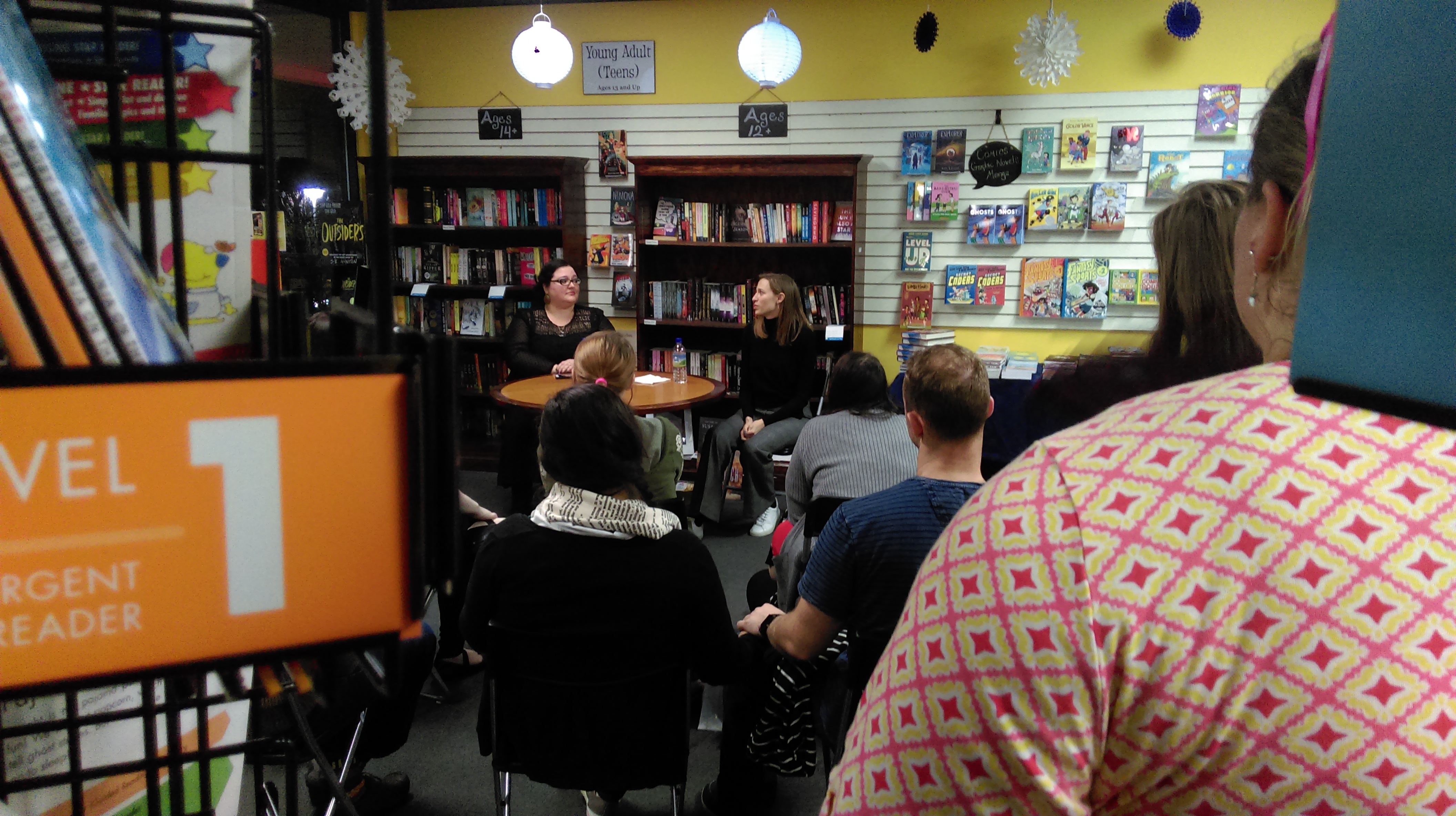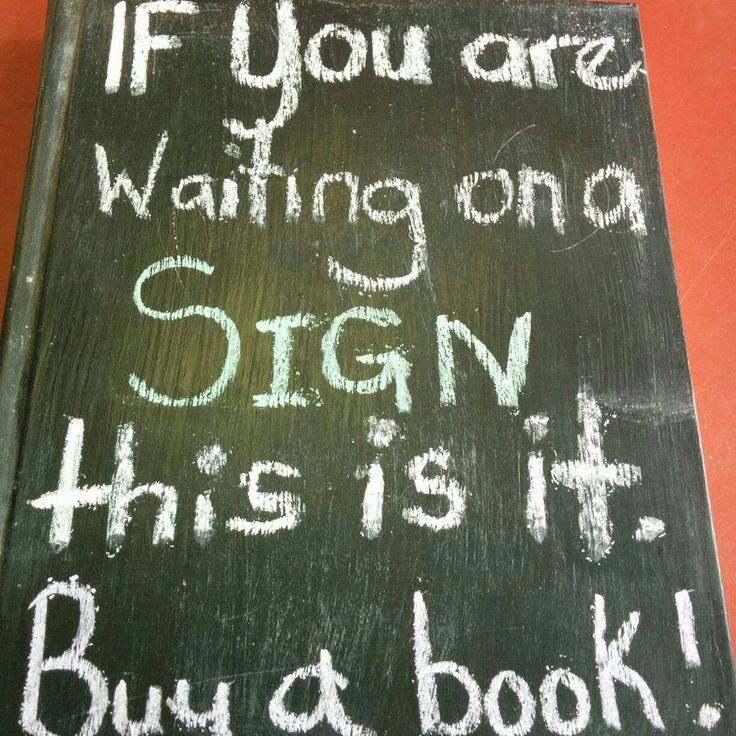One thing I frequently struggle with as a children’s bookseller is naming and arranging sections within the store. The whole purpose of having different sections is to help shoppers find what they’re looking for, yet lately I find myself questioning the usefulness of some of our labels. And by “our” I mean not only Spellbound’s but the industry’s.
Take for example the term “middle grade.” In my experience most customers, unless they happen to work in a bookstore or library, don’t recognize the term at all. They see “middle grade” and think “middle school,” even though we mean it to refer to ages 8–12, overlapping with middle school but also going quite a bit younger. Because of this, I’ve added “(ages 8–12)” to our Middle Grade section sign. Which begs the question, why do I keep the “Middle Grade” part?
Likewise, I’ve added “(teens)” to our Young Adult section signs, with the aim of gradually phasing out the term “young adult” altogether—at Spellbound, at least. I wield not the power the eradicate it past our borders, but oh that I did!

Teen section signs in the background and adorable couple holding hands in the foreground at a January 2017 event with authors Susan Dennard and Alexandra Duncan.
I ranted a bit about the overuse, or perhaps misuse, of the term “young adult” in this blog post from the now defunct Book Witches blog. Basically, I take issue with the fact that “young adult” refers to actual, albeit young, adults in almost every context outside of book marketing—not 14-year-olds and certainly not 12-year-olds. This understandably leads to confusion among customers. Many eventually decide that “young adult” really just means “older kids.” Recently a customer described the title she was looking for this way: “It’s not a picture book, so it must be… young adult, I guess.” Yikes! There’s so much in between those categories, but I guess nothing that easily comes to mind for a lot of customers.
 I’m always looking for a better, more accurate, and clearer way to say what I mean. That’s especially important in signage, which exists to help people navigate a space to find what they want or need. If the words we put on signage are meaningful only to us, and not to the general public, then it isn’t very successful. To quote Ben Gibbard: “The boundaries of language I quietly cursed / And all the different names for the same thing.”
I’m always looking for a better, more accurate, and clearer way to say what I mean. That’s especially important in signage, which exists to help people navigate a space to find what they want or need. If the words we put on signage are meaningful only to us, and not to the general public, then it isn’t very successful. To quote Ben Gibbard: “The boundaries of language I quietly cursed / And all the different names for the same thing.”I’d love to hear from fellow booksellers with examples of re-thinking your signage to make it more useful and effective.

From Books & Books of Bal Harbour…We too struggle with finding the correct/meaningful signage to tell folks what is in which section. Not only in kids’ books, but all over the store. Part of the problem is not wanting to define anything or anyone anymore! When customers ask for books/games/toys for boys, we are always loathe to steer them into pirates/space/superheroes. Even tho that is precisely what they are looking for.
We merchandise a lot by subject, which opens up a lot of space around ideas and can be appropriate for different ages/sexes. I mean, animals are animals whether it’s a picture book, a board book, a 200 piece puzzle or a graphic novel.
I’m also struggling with this issue right now, albeit with adult books. I don’t want to dissolve our ___ Studies (Black, women’s, GLBT) sections, but each section is small and the signs are too much. For kids books, we still call everything past I-Can-Read a Chapter Book, but we did change YA to Teen Fiction a couple of years ago. Now I’ve added Teen Nonfiction, but only a shelf’s worth, so how much of a sign does that section get?
I look forward to hearing what others do!
I agree with you, Leslie, on several points. We don’t use the term “Middle Grade” in our signage, though we do use it for describing the target audience of books being featured at an event. I find the term as frustrating as you do — especially since we divide our “Middle Grade” titles into two categories: 8-12 and 10 & UP. I’m a big believer in having sections based on age overlap as not all 11 years olds are reading on the same level. I read Edward Eager and Beverly Cleary at 7 and 8 years old — while others of my friends didn’t read them till they were 10. Internally, we refer to younger and older middle grade — but those are hardly customer friendly terms. If someone has a brilliant term for distinguishing between these two levels, I’d love to hear it!
As for YA, while I agree with the points you made, my bigger problem is that the only time I was ever called a “young adult” was when I was being lectured by a not-so-young adult. Not a really positive association!
Worse still, thanks to the media thinking any book turned into a movie must be YA, suddenly great books for older middle grade readers (10+) like The Giver, The Lightning Thief, and The Watsons Go to Birmingham 1963 are all being called “Young Adult” books — even on NPR. Which, of course, only complicates our jobs as booksellers when parents come into the store and think that because their child read a book falsely labeled as “Young Adult” that they should be shopping for their 10 or 11 year old in the teen section. Not really sure that there’s any solution to this one.
I shelf by age as well
Infants (mainly board books)
picture books– ages 3 & up
early readers
Ages 7-8
Ages 8-9
Ages 10-12
Ages 12-14
Ages 15 & up
nonfiction is by subject
I used to have young adult as 12 and up but really needed to separate the mature teen books from the 7th & 8th grade books
When a publisher says a book is for 8 to 10, I put it in 8-9 but if they say 8 to 12, I put it in 10-12 and 14 and up always goes in 15 & up. I have only 1 adult bookcase and I put the 15 & up next to it. It seems to be working
We actually just changed our middle grade signage to say Kids Lit. It used to say Chapter Books, which was a holdover from a really long time ago and implied something a little younger than the books being featured. We changed it to follow in the footsteps of Teen Lit which we moved to about 8 years ago or so. It’s a never ending quest to get it all right, that we never quite succeed at.
To Peter’s point, I also have been wondering how to call out the increasingly large number of books for that middle range of 10+. I have NOT figured it out. Elegant solutions would be very welcome.